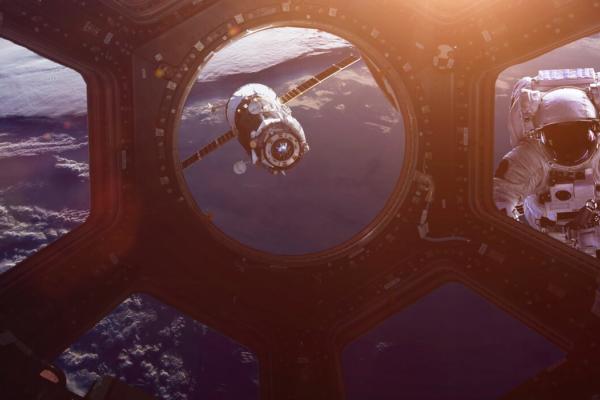Pope Francis reaches to the margins. He’s washed the feet of prisoners and homeless families. Like his Assisi namesake, he’s hugged contemporary “lepers” and made common cause with garbage collectors. But I was still surprised when the pope made a 20-minute video call to the International Space Station in orbit 200 miles above the Earth.
Pope Francis wasn’t the first pontiff to make that long-distance call—his predecessor did that in 2011. But tracking stars and gazing into the heavens have been part of Judeo-Christian tradition since God asked whether Job could “bind the cluster of the Pleiades or loose the belt of Orion” (38:31) some 3,500 years ago. Despite that unfortunate Galileo kerfuffle in the 1600s over the “heresy” of believing that the Earth revolved around the sun, the Vatican has operated state-of the art telescopes since 1582.
As an enthralled 5-year-old, I made a scrapbook about the Apollo 11 spaceflight that placed the first humans on the moon. As an 18-year-old, I marveled at the elegance of physics formulas that served equally well for measuring distances in cells and solar systems. At 54, I laughed out loud when I recognized Fibonacci’s sequence in the passionflower we planted in the back alley. “The universe as a whole, in all its manifold relationships, shows forth the inexhaustible riches of God,” wrote Pope Francis.
Read the Full Article

